In 2009, Bitcoin was designed to be a peer-to-peer (P2) payment network. After the emergence of Bitcoin (BTC), other blockchain projects emerged, such as Ethereum – a platform that allows creating of smart contracts, decentralized applications (dApps) and decentralized Finance (DeFi).
The concept of Non-Fungible Token (NFT) emerged in 2017 with the launch of Cryptokitties – a game based on the Ethereum blockchain that allows you to create, adopt, buy and sell digital cats with unique attributes and characteristics. Each digital cat is an NFT, which can be traded on NFT marketplaces like OpenSea and Rarible.
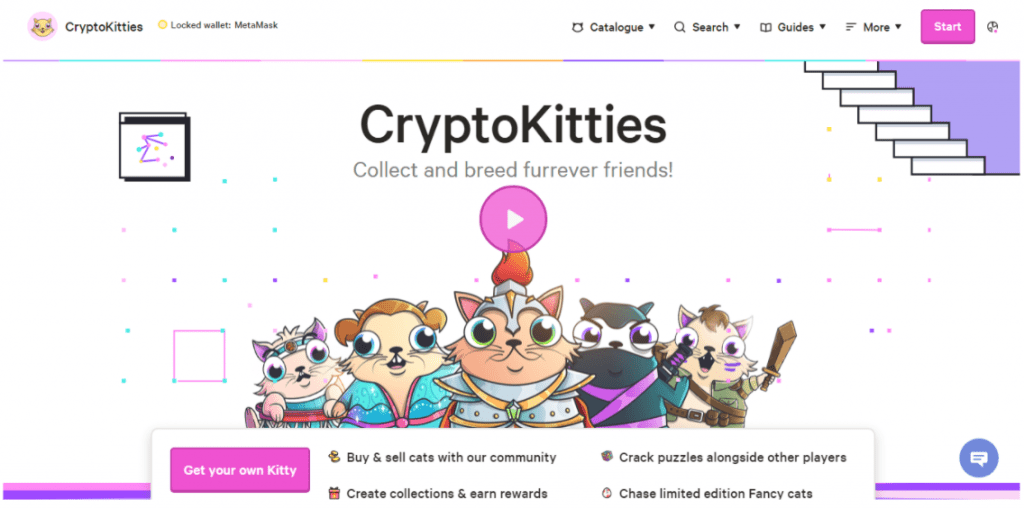
Then came the “CryptoPunks,” which were created and released by Larva Lab in 2017. CryptoPunks are 10,000 computer algorithmically generated characters that come in a size of 24×24 pixels and were made available for free to users who had Ethereum wallets. During the initial hype of NFTs in early 2021, punks rapidly increased in value. In March, CryptoPunk #7804, sold for $7.57 million.
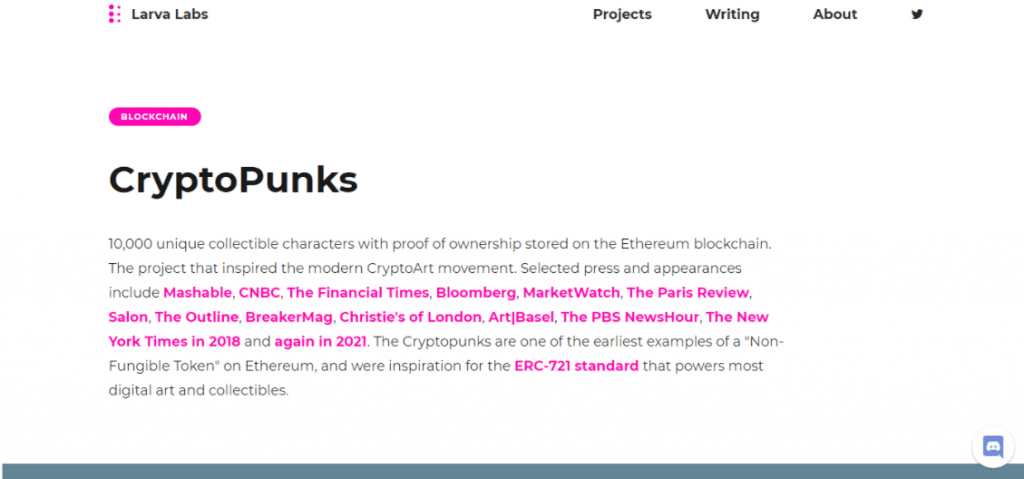
To know how NFTs will change the world, we first need to understand what NFTs are and how they work.
What is a non-fungible token or NFT? And what is it used for?
NFT stands for non-fungible token. But what is non-fungible? It means to be unique and irreplaceable. For example, the cryptocurrency Bitcoin is fungible – if you exchange it for another Bitcoin, you will have an asset of the same value. A Pokémon card for example is unique, however, it is not fungible. If you want to exchange it for another Pokémon card, you will have an object with different values, characteristics, and attributes.
Like Bitcoin and altcoins (cryptocurrencies that emerged after Bitcoin), NFTs or non-fungible tokens are stored in the digital ledger technology – blockchain, but with a difference, each NFT or non-fungible token is unique and cannot be exchanged for another NFT, much less be traded in smaller parts, as is the case with Bitcoin (BTC) that can be fractionated, that is, in smaller units called Satoshis.
NFT is a new format of digital authenticity certification that allows the purchase of anything that exists in the virtual environment as well as in the physical world: digital art, photography, music, meme,avatar skins, GIF, tweets, as well as real-world objects. It turns any digital file into something unique and irreplaceable via a blockchain, i.e. a type of security protocol.
NFTs represent non-fungible assets, i.e. unique and irreplaceable assets. This goes for a song, a painting, or a specific apartment. Thus, based on blockchain, it is possible to trace their authors and verify their authenticity. This uniqueness allowed Christie’s to auction off the artwork Everydays: The First 5000 Days by digital artist Beeple for 69 million. The work was a collage of 5000 digital images created by Beeple from May 2007 to January 2021.
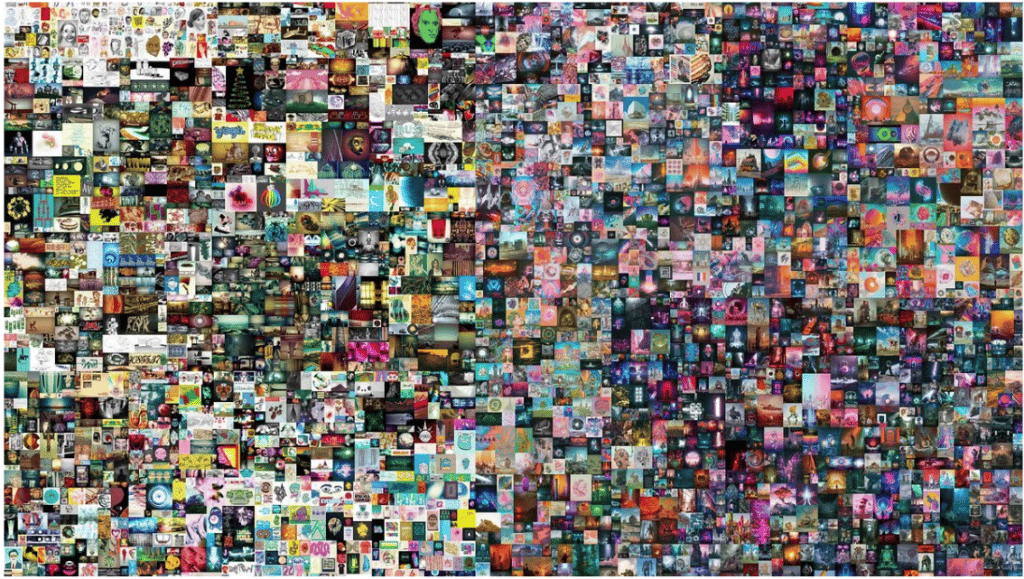
Everydays: The First 5000 Days by Mike Winkelmann AKA Beeple
How are NFTs being used?
NFTs are being used by decentralized applications (DApps), blockchain projects, and protocols to issue digital and crypto collectible items. The tokens can be collectible items, an investment product, or anything else in the real world.
The existence of economic systems in games is nothing new. And since many online games have had and have their own economies, the use of new technologies such as NFTs and blockchain, in general, makes it easier to tokenize gaming assets. In fact, the use of non-fungible tokens could potentially solve the problems of inflation for example, which is very common in many online games today. For example, players can buy video game items with cryptocurrencies such as Ether (ETH) and turn these rare and valuable items into NFTs. One example of this use, as we mentioned earlier is the game CryptoKitties. The game has made available a limited number of virtual kittens (each one an NFT).
These tokens are also being used for the esports industry, such as WePlay Collectibles which are for people who want to be part of Esports events and show that they like players and talent in a different way, as well as merchandising. The WePlay Collectibles are part of a platform, where you can buy art or items with NFT technology – both digital and physical. They are rewards and items associated with a specific tournament.
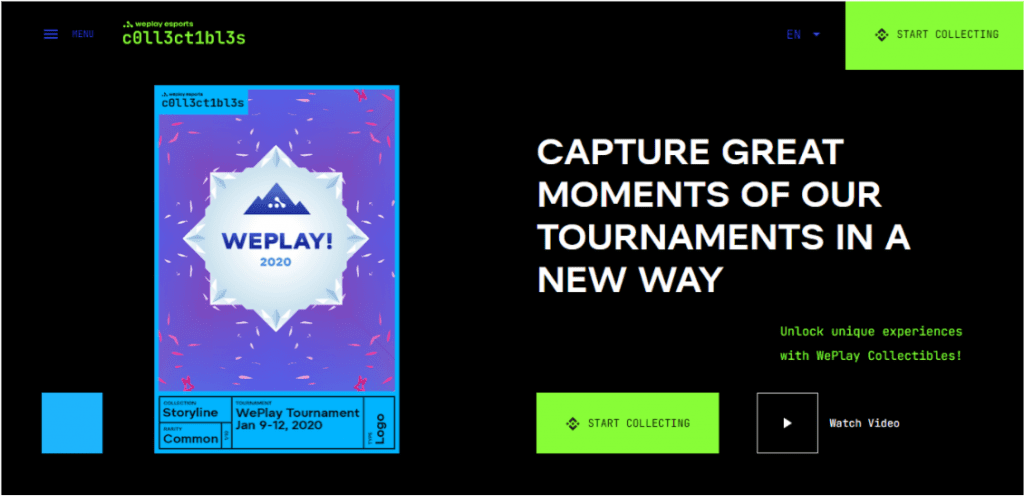
Find more information about the platform and NFTs at https://weplaycollectibles.com/
One of the success stories that caught the attention of many, was DJ 3LAU, who sold his album “Ultraviolet” for $11.6 million. There were eleven pieces of the album, with one piece reaching $3.6 million.
The Weeknd also got on the NFTs wave and released a collection of 8 works from the Abel album through the Nifty Gateway platform.
NFTs are a major component of a new digital economy based on blockchain technology. Several projects and tech companies are already experimenting with incorporating NFTs in various areas and scenarios, such as gaming, digital identity, licensing, certificates, and the arts.
Popular projects using NFTs and crypto collectibles
Many different projects are already using NFTs as collectible and tradable items.
- Decentraland is a decentralized virtual reality world based on the Ethereum blockchain, where users can own and trade pieces of virtual land and other NFT items within the platform.
- Cryptovoxels is a game based on the Ethereum blockchain, similar to Decentraland, where players can build, develop and trade virtual properties.
- Gods Unchained is a collectible card game where cards are issued as NFTs on the Ethereum blockchain. Since each collectible card is unique, players can trade them on NFT platforms just as if they were real cards.
- My Crypto Heroes is a multiplayer role-playing game (RPG) where players can evolve their heroes through quests and battles. The difference to other MMORPGs (Massively Multiplayer Online Role-playing Game) is that the heroes and items in the game are issued as NFTs on the Ethereum blockchain.
How does NFTs change art?
Art also manifests itself through technology, for example in streaming music, photography, dance, film, television, and more recently on the internet and all digital media. NFTs are inserted precisely in this context of art in the digital age.
The possible uses of NFTs in the art world are broad. But what is attracting attention at the moment is that NFTs allow you to have a digital art collection, which can be a digital painting, a video, or a song.
While that same art may be available on the Internet, NFTs give their holders ownership of the original item. In other words, anyone can own artwork by Vincent van Gogh, but only one will own the original – and be able to sell it for thousands and millions of dollars more in the future.
Regarding the use of a song or an image, NFTs make it easier to pay royalties. Today, even if you want to pay a royalty for the use of a .JPG, for example, you won’t be able to, because the artist cannot be traced. With NFT, you can pay the artist directly using the token. This opens up space for independent artists to sell their work as NFTs for real money.
NFTs create opportunities for new business models that did not exist in the past. Artists and content creators can attach clauses to an NFT that guarantee them a percentage of the profits each time it is resold, meaning that they benefit if their work increases in value.
New art platforms are able to demonstrate very easily who the owners of digital works are. When buyers and collectors purchase artwork on an NFT platform, they can display it in an online gallery knowing that there are no copyright or originality issues because the NFT and blockchain guarantees that the ownership is authentic.
What can NFTs be used for in the future?
Like DeFi (Decentralized Finance), non-fungible token projects have begun issuing their governance tokens. This type of token allows its holder to vote on company decisions. Governance tokens have become a trend in the decentralized finance sector, and the expectation for many is that they will drive NFTs in the same way.
Just as the NFT marketplace Rarible launched its NFT governance token, other marketplaces may feel compelled to issue their own tokens as well. From there the applications are diverse.
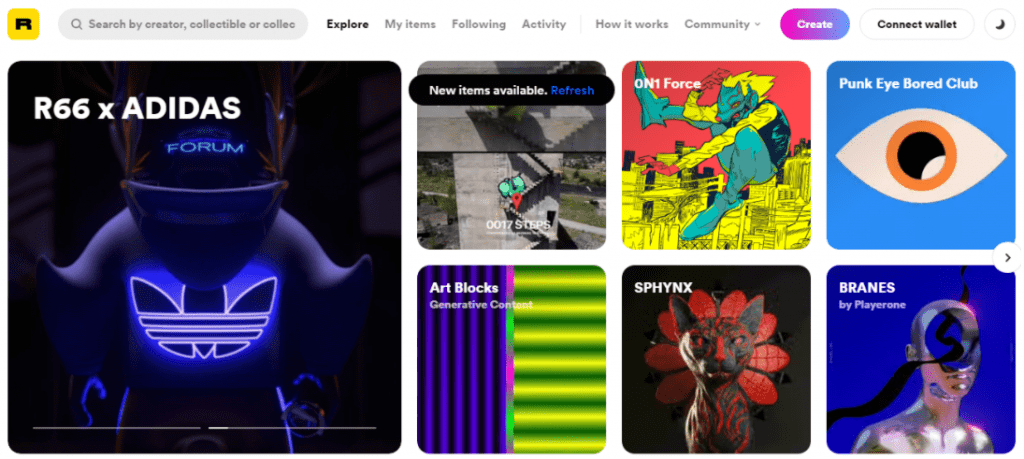
For art, NFT technology becomes a business model, repeating the scheme of an auction house in the virtual world with all the scale that this allows. For blockchain, they reinforce the possibilities of a decentralized economy; and for artists, it is a way to reinforce authorship over their pieces and increase the potential for buying and selling them, turning them into true digital assets.
However, beyond these sectors, non-fungible tokens have a potential that goes far beyond, because they completely change the rules of ownership. Transactions in which ownership of something changes hands typically rely on layers of intermediaries to establish trust in the transaction, exchange contracts, and ensure that money changes hands. None of this will be necessary in the future. Transactions recorded on the blockchain are trusted because the information cannot be changed.
Smart contracts can be used in place of lawyers and deposit accounts to automatically ensure that money and assets change hands and that both parties honor their agreements. NFTs convert assets into tokens so that they can move within this system with a clear transaction history.
While virtual worlds have already adopted this new technology, another interesting use of this technology is the transformation of real-world assets into digital tokens. These non-fungible tokens can represent real-world assets that can be stored and traded as NFTs on a specific blockchain. This could introduce some much-needed liquidity into many markets that otherwise would not have it. Some examples are works of art, real estate, rare collectible items, among others.
NFTs convert assets into tokens so that they can move within this new financial technology. This has the potential to completely transform markets like real estate, for example. NFTs could also be part of the solution to solving land ownership problems. Only the global population with high incomes is believed to have legally registered rights to their land and property. People without clearly defined rights have much more difficulty to access finance and credit. Furthermore, if the real world is passed to virtual worlds in the future, things will also be bought and sold as NFTs.
The Digital Identity industry can also benefit from the properties of NFTs. Storing identification and ownership data on the blockchain would increase privacy and data integrity for users around the world. In addition, trustless and easy transfers of these assets can help improve the global economy.
In the future, there may be many other developments and projects in this new decentralized economy that have not yet been imagined. What we can say is that it will be a much more transparent and decentralized type of market or industry than we are used to.
Do NFTs have value?
Human beings love to collect, exclusivity, authority, and scarcity. Top auction houses quickly took note.
In May, Christie’s sold a package of nine punks for just under $16.9 million.

Sotheby’s is another major art world brand diving into NFTs through its collaboration with digital artists and the Nifty Gateway NFT platform.
However, Sotheby’s, the auction house, sold The Fungible Collection, “New Digital Art Redefining Our Understanding of Value,” for no less than $17 million. Some pieces of art, such as “The Switch,” a 3D work that will be altered by the artist at some unspecified moment, have received offers exceeding US$1 million.
Artists such as music star Grimes and American YouTuber Logan Paul have also launched their own flagship NFTs to make their limited edition works available.
Just like any other valuable item, value is not inherent in the object itself but is assigned by people who consider it valuable. Essentially, “value” is a shared belief. It really doesn’t matter whether it’s fiat money, precious metals, or a vehicle – these things have value because people believe they do. That’s how all valuable items become… valuable – why would it be any different with digital collectibles?
NFTs are digital artifact certificates, cryptographically registered, and have unique values. NFTs are traded on marketplaces such as OpenSea, Rarible, SuperRare, and Foundation. NFT markets directly connect buyers, collectors and sellers or artists, and the value of each NFT token is unique.
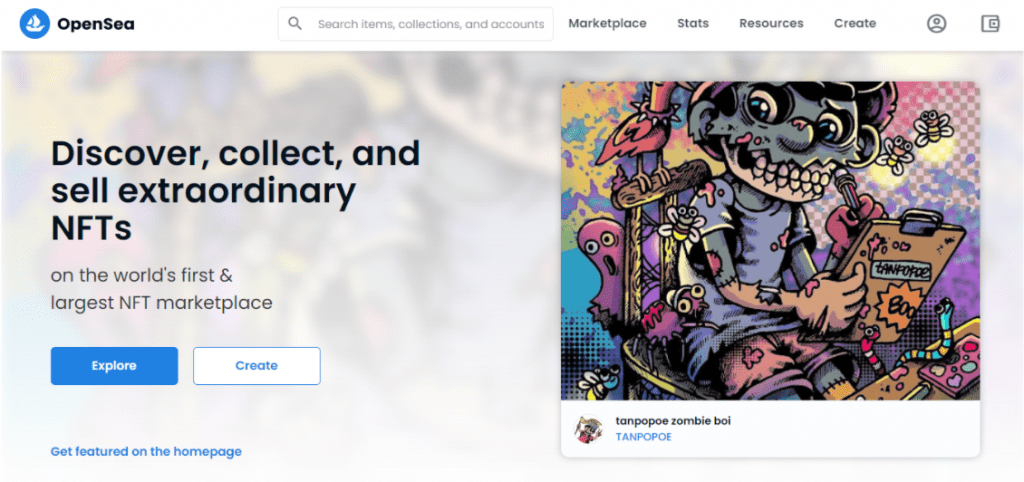
Like any asset class, NFTs also undergo price changes in response to the old market law of supply and demand.

Are you enjoying your time on JBKlutse?
Articles like these are sponsored free for everyone through the support of generous readers just like you. Thanks to their partnership in our mission, we reach more than 50,000 unique users monthly!
Please help us continue to bring the tech narrative to people everywhere through relevant and simple tech news, reviews, buying guides, and more.
Support JBKkutse with a gift today!